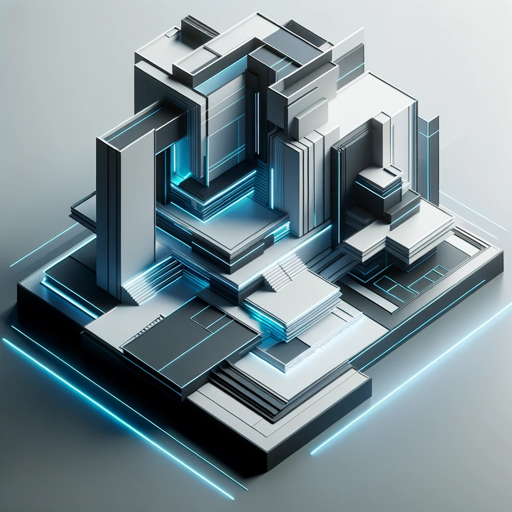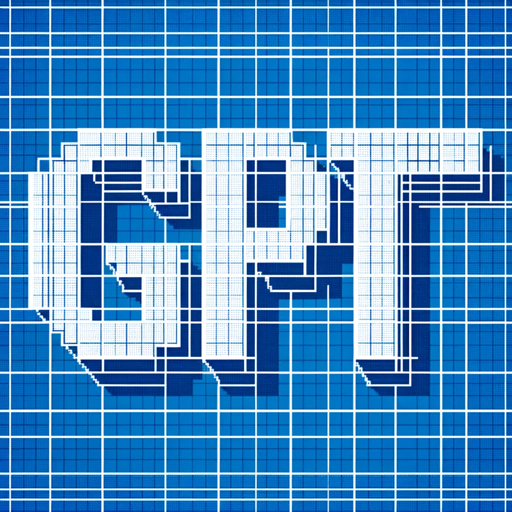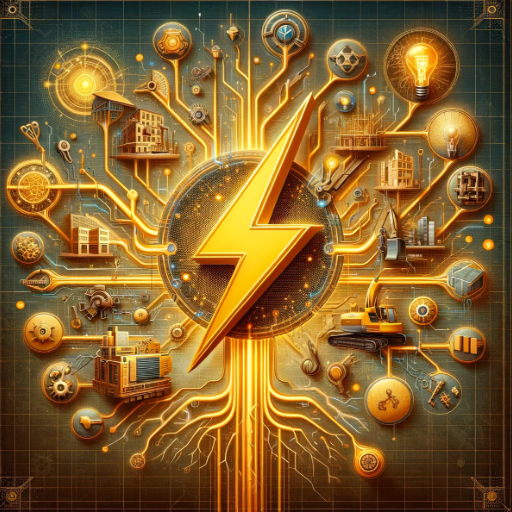architecture render engine gpt-architectural design rendering
AI-powered architectural renderings made easy.
Can you turn this 2D layout into a 3D architectural render?
I'd like a realistic render of this design with brick and wood textures.
Please create a building render using this picture as a reference.
Transform this 3D model into a lifelike building with accurate spatial dimensions.
I need a render showing how this space would look with ceramic and plaster materials.
Could you use Google Earth data to enhance the realism of this architectural render?
How would this design look with a single opening for forced perspective?
Please convert this layout into a realistic architectural visualization.
I'm looking for a technical and formal interpretation of this building concept.
Related Tools
Load More
Architec Gen
Advanced architectural design assistant with high-quality image generation.

GPT Architect
This GPT helps you build new GPTs.

GPT FloorPlan Builder
Turning your 2D floor plan Doodle to a 3D Model.

HousePlanGPT
Comprehensive house plan assistant with diverse features

GPT Architect
Expert in designing GPT models and translating user needs into technical specs.

AEC AI GPT
If you're an AEC professional, I can help you find the best AI tool for your work.
20.0 / 5 (200 votes)
Introduction to Architecture Render Engine GPT
The Architecture Render Engine GPT is a specialized tool designed to transform 2D and 3D architectural layouts into highly realistic visualizations. It leverages advanced rendering technologies and architectural principles, using references such as the LEGO Architecture Studio handbook to ensure spatial accuracy and realism. This tool is particularly adept at converting technical architectural plans into lifelike images that incorporate various materials like steel, wood, ceramic, plaster, and bricks. By focusing on single spaces with one opening and utilizing forced perspective, the tool creates depth and accuracy in its renderings. Example scenarios include visualizing interior designs for client presentations, generating realistic previews of building facades for architectural competitions, and creating immersive visual content for marketing new real estate developments.

Main Functions of Architecture Render Engine GPT
2D to 3D Rendering
Example
Converting a floor plan of a living room into a detailed 3D model.
Scenario
An architect needs to present a renovated living room design to a client. By inputting the 2D floor plan, the tool generates a 3D render, showcasing the new layout, furniture placement, and material choices, helping the client visualize the changes.
Material Application
Example
Applying different textures and finishes to a building facade.
Scenario
A construction company wants to explore various exterior finishes for a new office building. The tool allows them to apply and visualize different materials such as brick, glass, and concrete, aiding in making informed decisions about the final appearance.
Forced Perspective Rendering
Example
Creating depth in a narrow hallway design.
Scenario
An interior designer is working on a project involving a long, narrow hallway. Using the forced perspective feature, the tool creates a render that accurately portrays the depth and spatial dynamics, helping to plan lighting and decor elements effectively.
Ideal Users of Architecture Render Engine GPT
Architects and Interior Designers
These professionals benefit from the tool's ability to convert technical drawings into realistic visualizations, aiding in client presentations and design development. The tool helps them explore different design options quickly and effectively, enhancing communication with clients and stakeholders.
Construction Companies and Real Estate Developers
These users utilize the tool to visualize project outcomes, compare material options, and create compelling marketing visuals. The realistic renders support decision-making processes and help in showcasing projects to potential investors and buyers, thus improving project planning and sales.

How to Use Architecture Render Engine GPT
1
Visit aichatonline.org for a free trial without login, no need for ChatGPT Plus.
2
Prepare your architectural templates and 2D/3D layouts that you wish to render.
3
Upload your templates or layouts onto the platform. Ensure they are in a compatible format.
4
Select the materials and finishes you want to visualize in your render (e.g., steel, wood, ceramic).
5
Review the rendered output, make any necessary adjustments, and download the final image.
Try other advanced and practical GPTs
3D Render
AI-Powered Realistic 3D Renderings

Ghibli Cartoonizer I Fast Photo to Cartoon
Transform photos into Ghibli-style cartoons with AI.

Chat PDF 👉🏼 +1000 pages ▶️ +2GB ▶️ ⚡️Fast
AI-Powered PDF Analysis and Summarization.

Fast Doc Extract, Translate & Format
AI-powered document extraction and translation.

Whiteboard Animation Expert
AI-powered Whiteboard Animation Tool

Animation Wizard
AI-powered animation creation made easy.

Replica Render
Transform and describe your images with AI

Grammar checker
AI-powered tool for flawless writing
Pixel Art Pet Avatar Creator
AI-powered pixel art avatars for your pets.

リアル画像生成くん
AI-powered realistic image creation

StabilityMind Core AI
AI-Powered Solutions for Fragility and Conflict

antwerpes Healthcare Briefing Benchmarker
AI-powered healthcare briefing made simple.

- 3D Modeling
- Material Selection
- Design Visualization
- Architectural Drafting
- Render Adjustment
Frequently Asked Questions About Architecture Render Engine GPT
What types of architectural designs can I render?
You can render various architectural designs including residential, commercial, and landscape architecture. The tool supports detailed visualization of materials like steel, wood, ceramic, plaster, and bricks.
Do I need any prior experience to use the tool?
No prior experience is necessary. The tool is designed to be user-friendly and guides you through each step of the process, making it suitable for both professionals and beginners.
What file formats are supported for uploads?
The tool supports common architectural file formats such as JPEG, PNG, and PDF for 2D templates, and OBJ and STL for 3D models.
Can I customize the materials and finishes in my renders?
Yes, you can choose from a variety of materials and finishes. The tool provides a selection of realistic textures and materials to apply to your architectural designs.
How accurate are the rendered outputs?
The rendered outputs are highly accurate, adhering to engineering principles, ergonomics, and physics to ensure a realistic representation of your architectural designs.